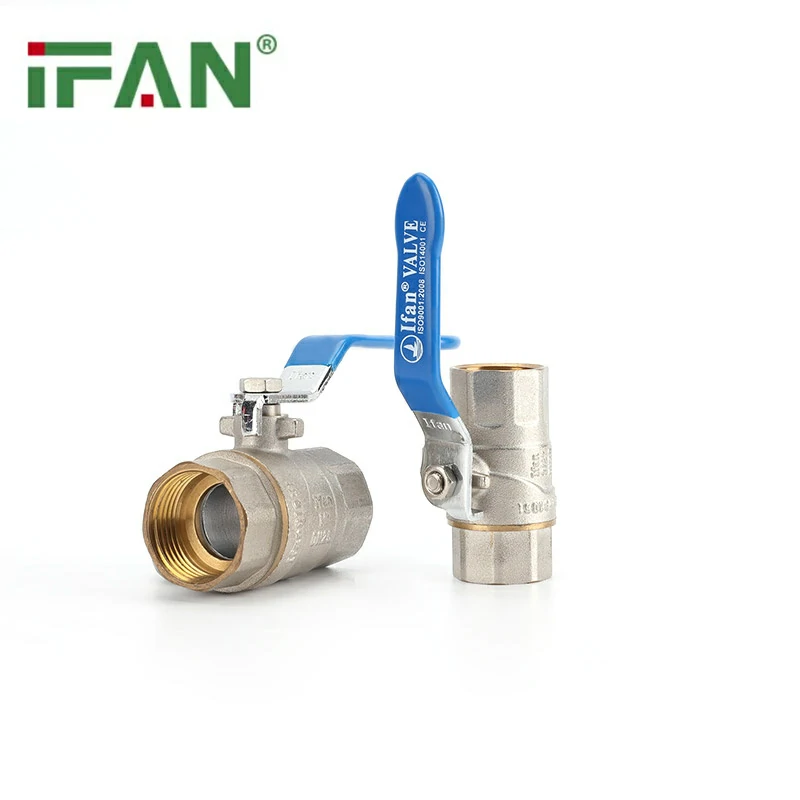Introduction
Brass ball valves are widely used in plumbing and industrial systems due to their durability and reliability. One common question is: how long do brass ball valves last? This article explores the factors influencing their lifespan, typical longevity, and maintenance practices to maximize their performance.
What Are Brass Ball Valves?
Brass ball valves are quarter-turn valves that control the flow of liquids or gases. They feature a brass body and a rotating ball with a hole to regulate flow. Brass is chosen for its corrosion resistance, strength, and suitability for various applications.
Factors Affecting Lifespan
The lifespan of brass ball valve depends on several factors:
- Material Quality: High-quality brass resists corrosion and wear better.
- Operating Conditions: Exposure to harsh chemicals, high pressure, or extreme temperatures can reduce lifespan.
- Installation Quality: Proper installation ensures optimal performance and longevity.
- Frequency of Use: Valves used frequently may wear out faster than those used occasionally.
Average Lifespan of Brass Ball Valves
Under normal conditions, brass ball valve can last for decades. In residential plumbing systems, they often last 20 to 30 years or more. In industrial settings, their lifespan may vary depending on the operating environment and maintenance practices.
Examples of Longevity
For instance, in a home water supply system, brass ball valve installed near fixtures or appliances often remain functional for over 25 years. In industrial applications, such as chemical processing, they may last 10 to 15 years with proper care.

Maintenance Tips to Extend Lifespan
Regular maintenance can significantly extend the lifespan of brass ball valve:
- Inspect for Leaks: Check for signs of leakage around the valve body or stem.
- Lubricate Moving Parts: Apply lubricant to the valve stem to ensure smooth operation.
- Clean the Valve: Remove debris or buildup that could interfere with the valve’s function.
- Replace Worn Parts: If seals or O-rings show signs of wear, replace them promptly.
Signs of Wear and Replacement
Common signs that a brass ball valve needs replacement include:
- Leakage: Persistent leaks around the valve body or stem.
- Stiff Operation: Difficulty turning the valve handle.
- Corrosion: Visible signs of rust or degradation on the valve body.
Comparison with Other Valve Types
Compared to plastic or stainless steel valves, brass ball valve offer a balance of durability and cost-effectiveness. While stainless steel valves may last longer in corrosive environments, brass valves are more affordable and suitable for most general applications.
Conclusion
In conclusion, brass ball valve are durable components that can last for decades when properly maintained. Their lifespan depends on material quality, operating conditions, and maintenance practices. By understanding these factors and performing regular upkeep, you can ensure the longevity and reliability of brass ball valve in your systems.

